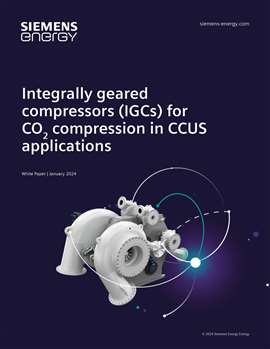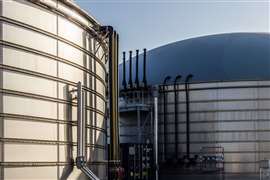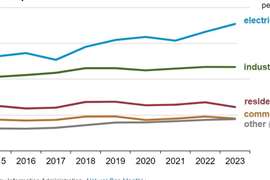01 March 2024

As the world contends with the urgent need to address climate change, its energy landscape is undergoing a significant transformation. The shift towards renewable energy sources is accelerating. However, there are many areas of industry where electrification is not yet viable. Hard-to-abate sectors like steel and cement production, for example, which together account for nearly 15% of global CO2 emissions rely on production processes that are inherently carbon-intensive. Carbon capture, utilization, and storage (CCUS) currently represents the best path forward for decarbonization of these industries.
CCUS is also seen as a key lever for decarbonizing power generation. By 2050, global energy consumption is projected to increase by nearly 50% above its current level. While growth in renewables like solar and wind will be critical to sustainably meeting this demand, hydrocarbons will remain an important part of the energy mix over the near- to mid-term. Together with alternative fuels like hydrogen, CCUS will be needed to achieve meaningful emissions reductions from fossil-fired assets.
Despite the growing momentum for CCUS projects in the early development stages still face headwinds, including high upfront costs, public perception concerns, and the need for infrastructure development.
While growth in renewables like solar and wind will be critical to sustainably meeting this demand, hydrocarbons will remain an important part of the energy mix over the near- to mid-term. Together with alternative fuels like hydrogen, CCUS will be needed to achieve meaningful emissions reductions from fossil-fired assets.
In light of these challenges, having the right combination of partners, technologies, and incentives is critical to achieving final investment decision (FID). As CCUS systems tend to be very energy-intensive, equipment selection is critical to maximizing efficiency and reducing total cost of ownership. Outside of the capture technology itself, compressors are among the most important pieces of equipment due to their large contribution to system OPEX and CAPEX.
In this paper, we compare various CO2 compression technologies and highlight the advantages integrally geared compressors (IGCs) provide in terms of efficiency, costs, flexibility, reliability, and footprint.





